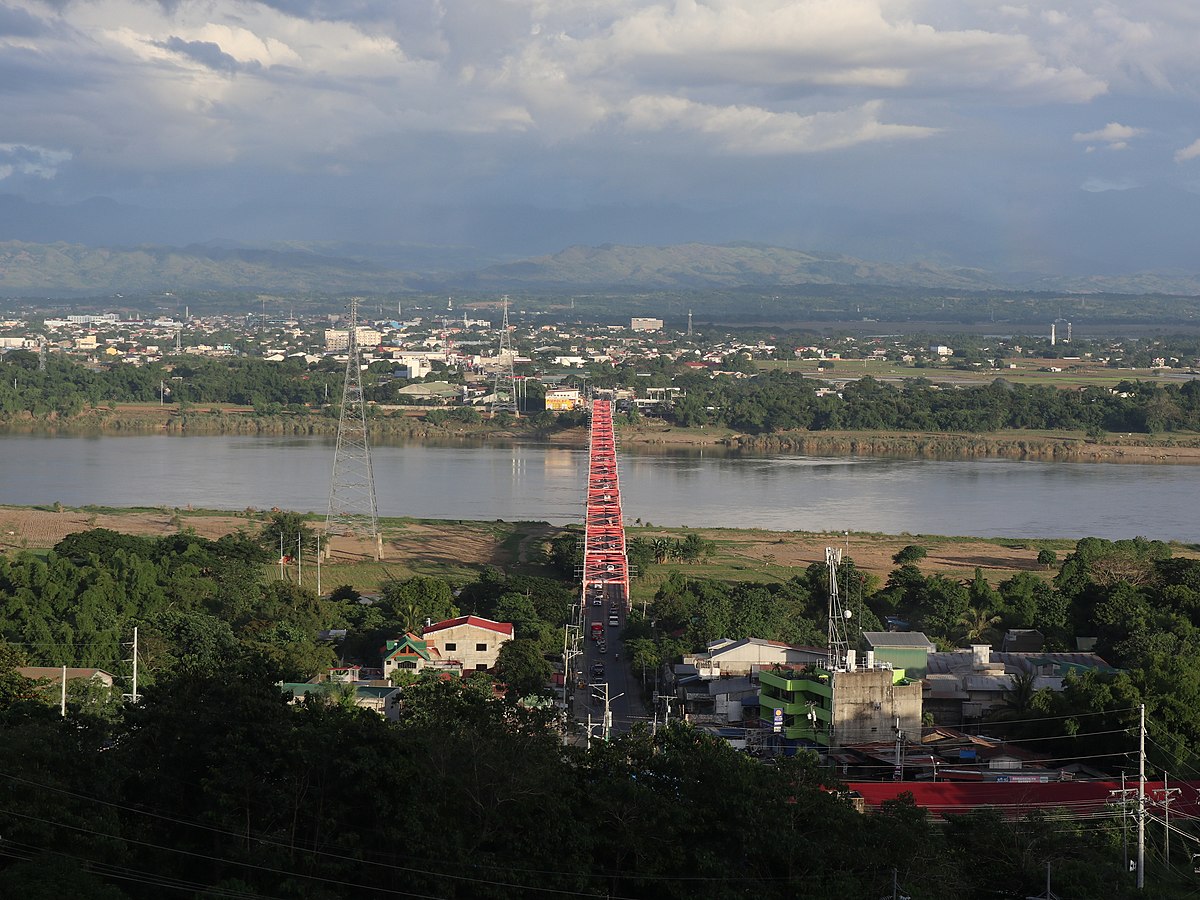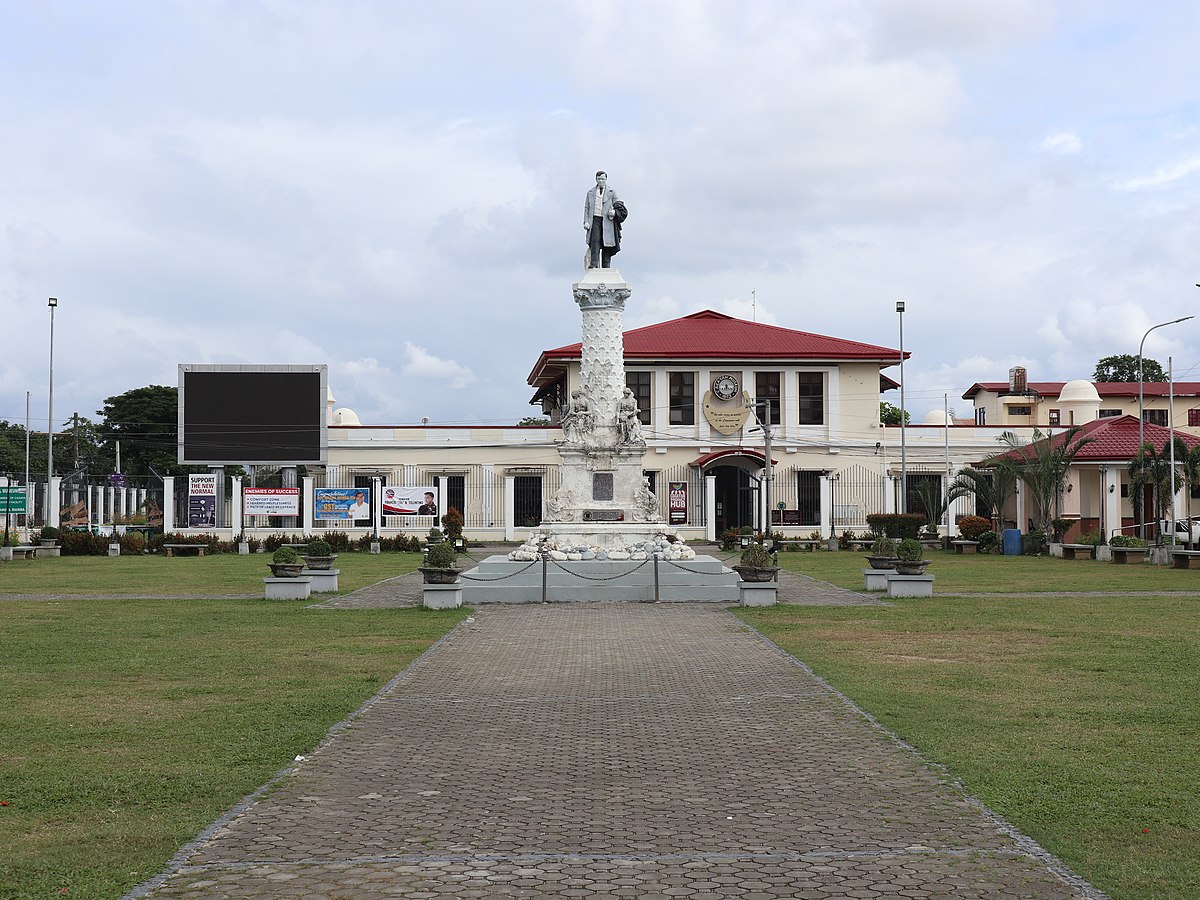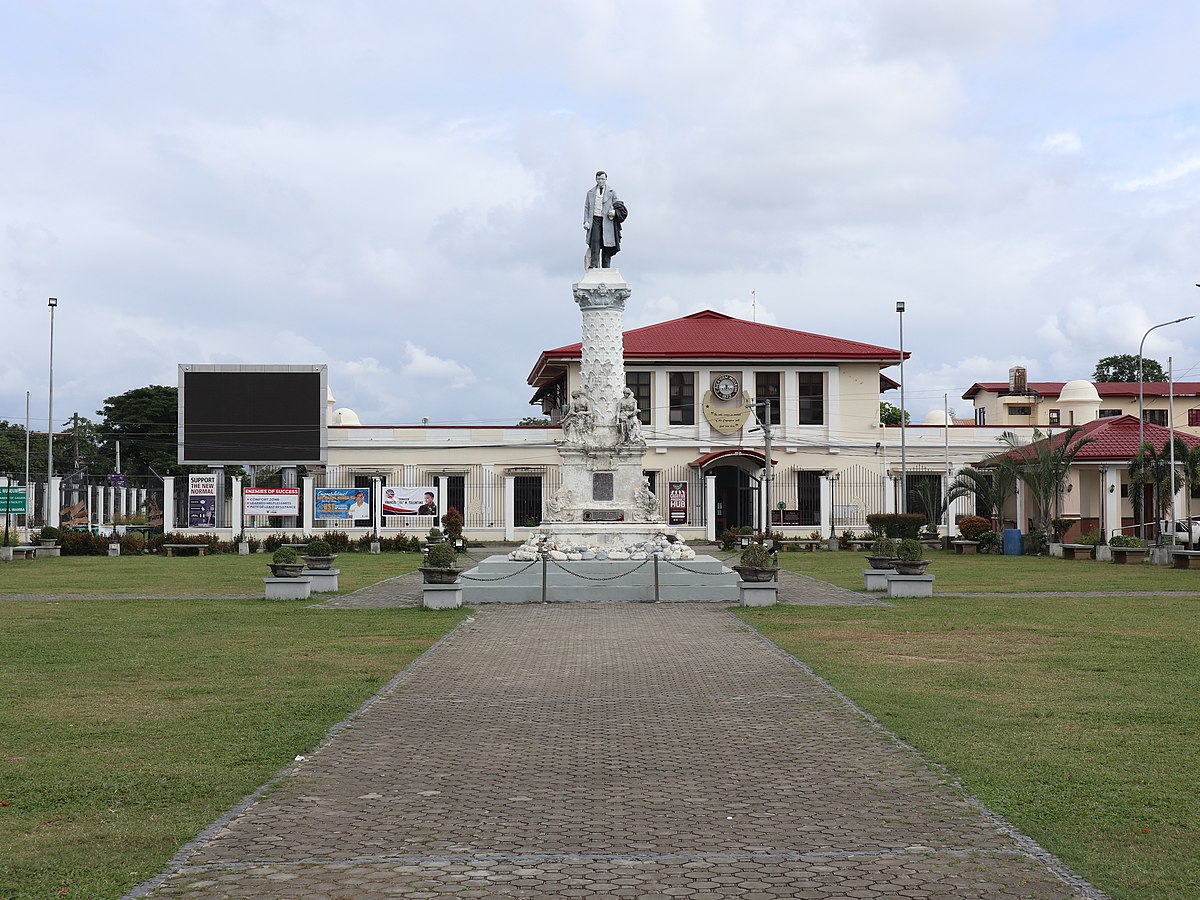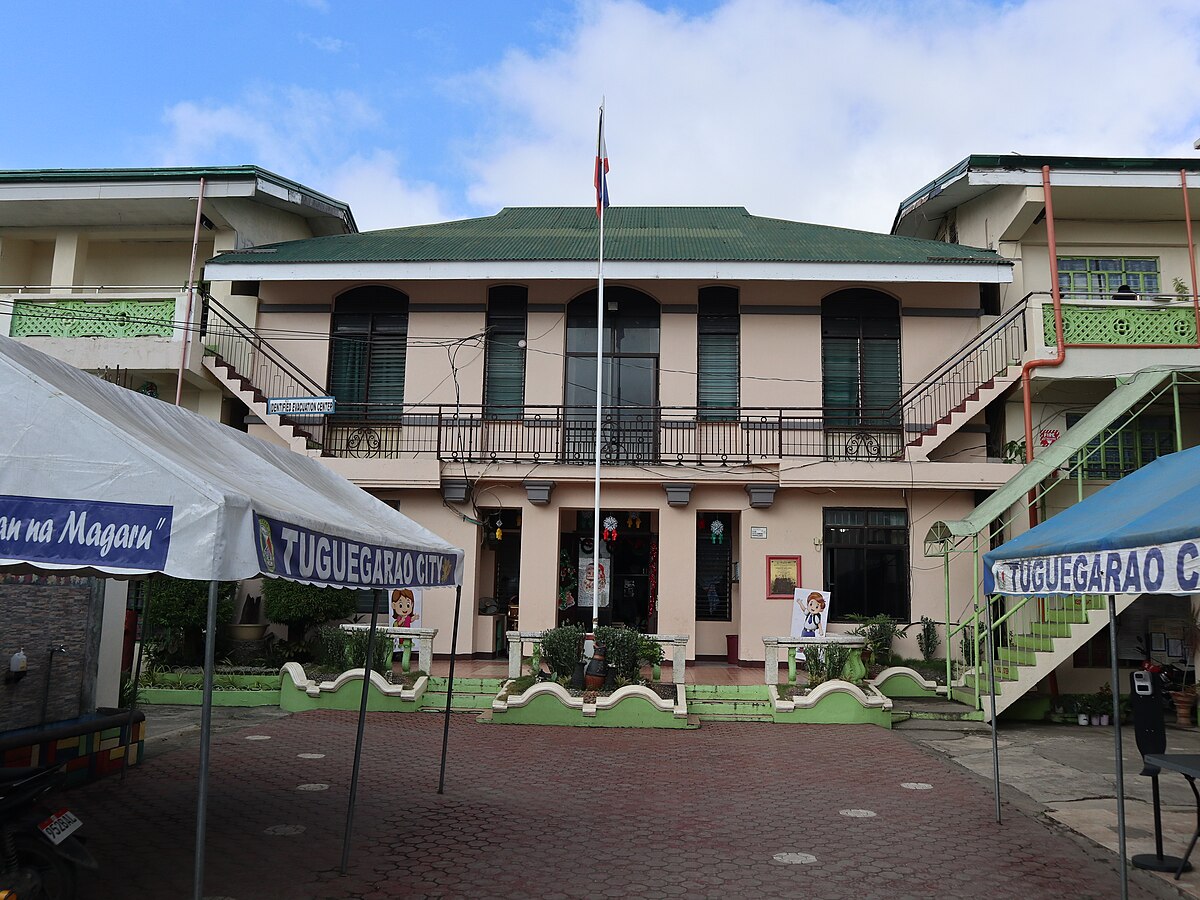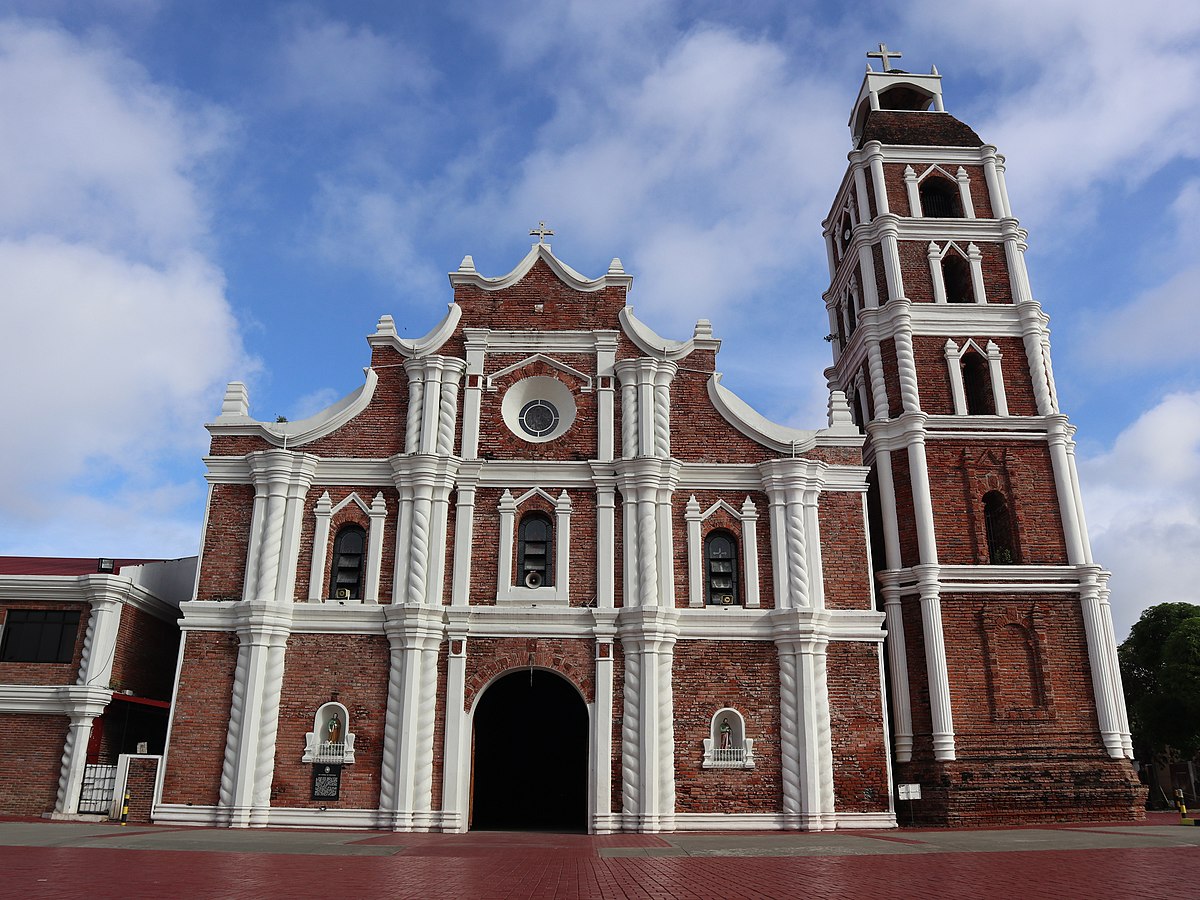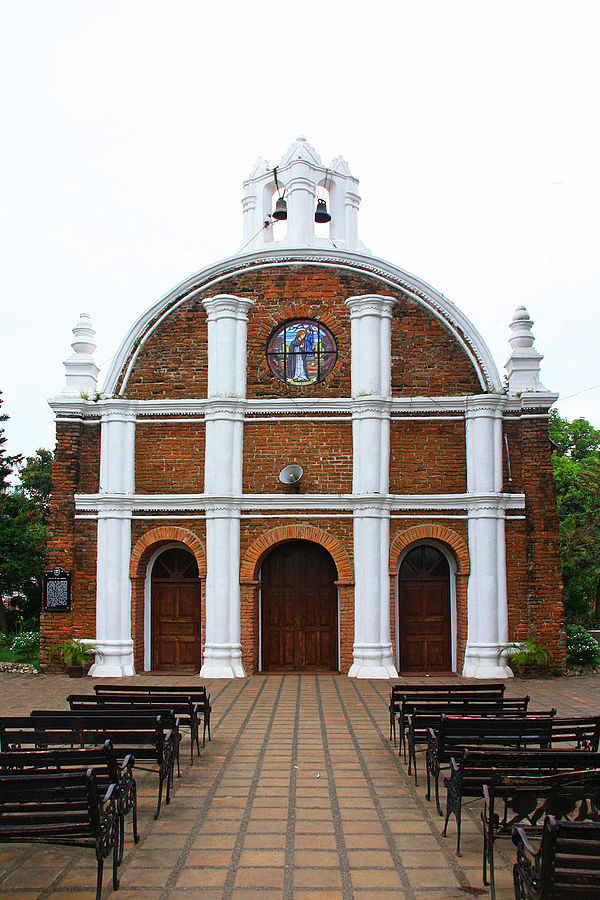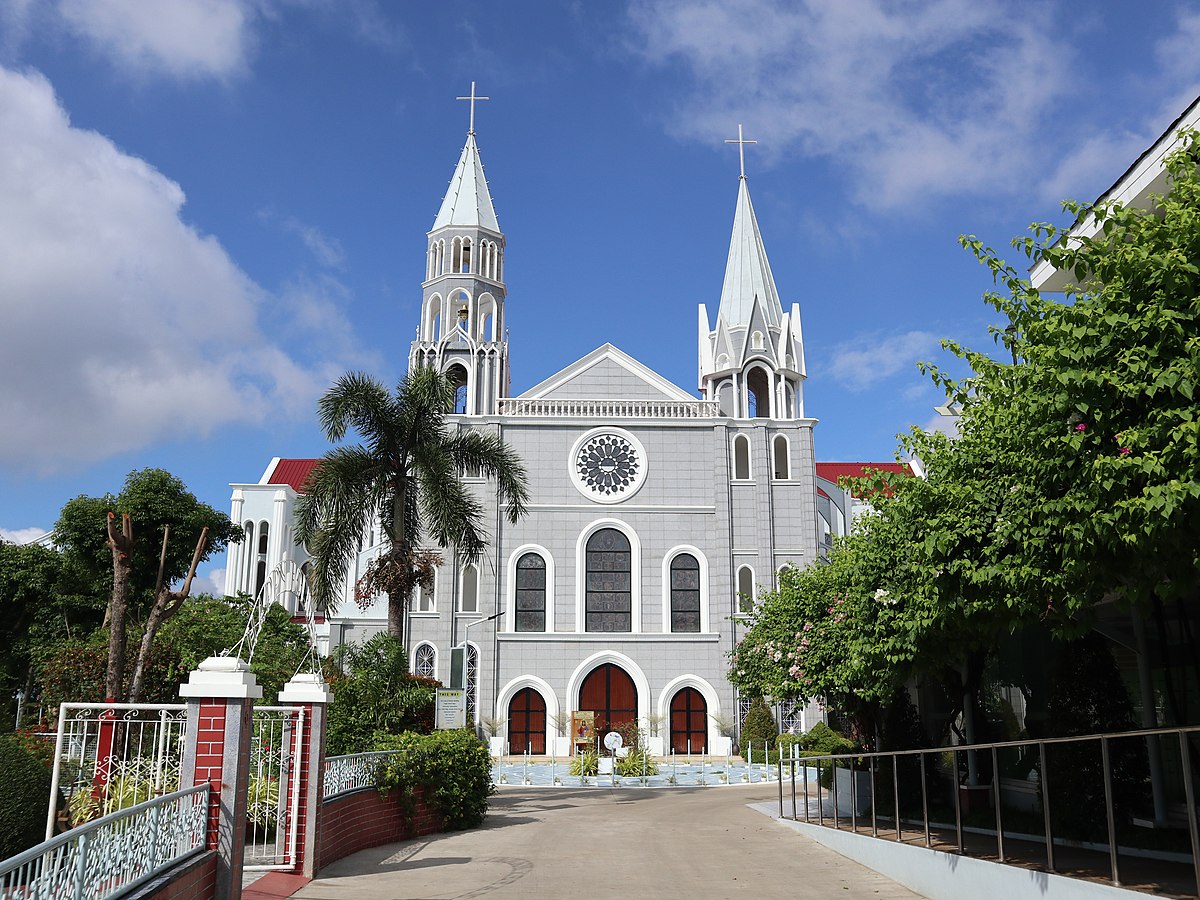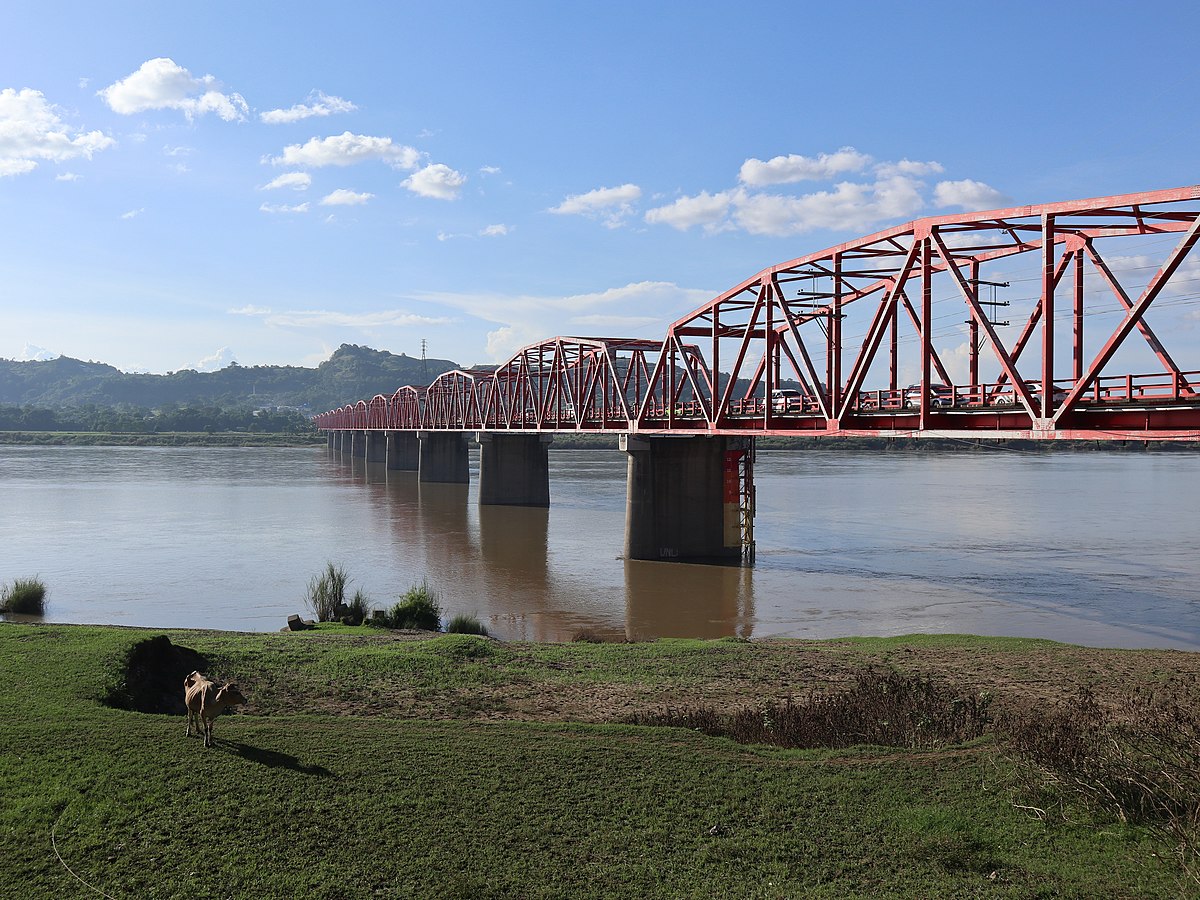Welcome to Tuguegarao City in Cagayan, and welcome to Anthro on Foot's walking tour! This is a
self-paced
walking tour that features key heritage sites and cultural highlights in the area. We hope you enjoy
this tour as
much as we enjoyed curating it!
Legend has it that Tuguegarao was carved out of fire, a legend that has translated into its
namesake among the Ibanag, “Tuggui gare yaw” or “This used to be fire.”
The precolonial history of Tuguegarao City is rooted in the cultural heritage of the indigenous
peoples who have inhabited the region for centuries. Some of these groups include the Ibanag, which
comprises the majority group; the Igorot, originally from the Cordillera region; Gaddang; Isinai;
and Ilongot. Notably, the Itawes group, also called Itawis or Itawit, is recognized as the original
inhabitants along the banks of the Cagayan River. To this day, the group continues to keep an Arte,
a compilation of Itawes rituals and belief systems, which are performed by the Cantorit, the
ceremonial practitioners among the Itawes.
The arrival of the Spanish colonizers in the 16th century marked a significant turning point in the
history of Tuguegarao City. The influences of colonial rule, changes in governance, and the
introduction of Christianity have shaped the modern cultural landscape of the area.
Present-day Tuguegarao traces its origins to May 9, 1604, when it was established as a
mission-pueblo. The initiative, led by the new vicar Fray Tomas Villa, included the construction of
an initial church dedicated to Saints Peter and Paul. In the 1720s, Father Antonio Lobato played a
key role in designing the street layout and overseeing the construction of the cathedral. A pivotal
moment came in 1839 when Tuguegarao became the provincial capital, supplanting Lal-lo, coinciding
with the opening of the Cagayan-Manila road, a development that propelled socio-economic growth.
